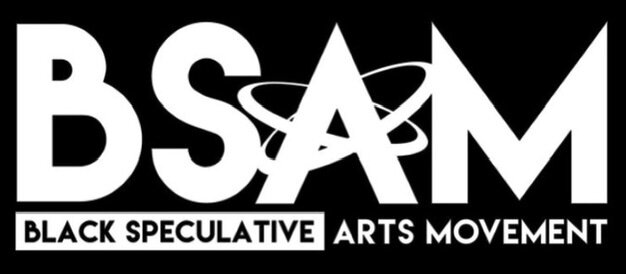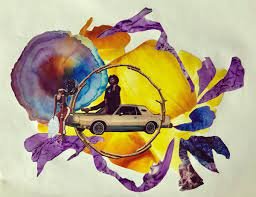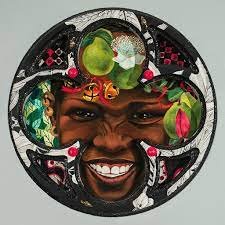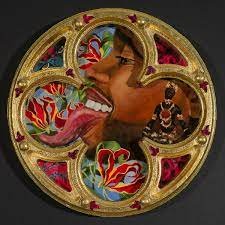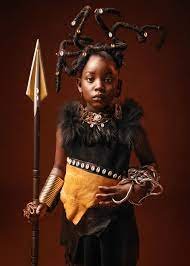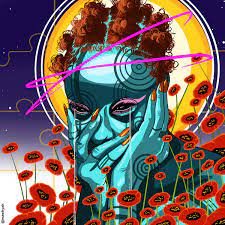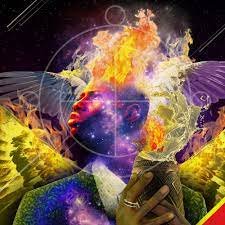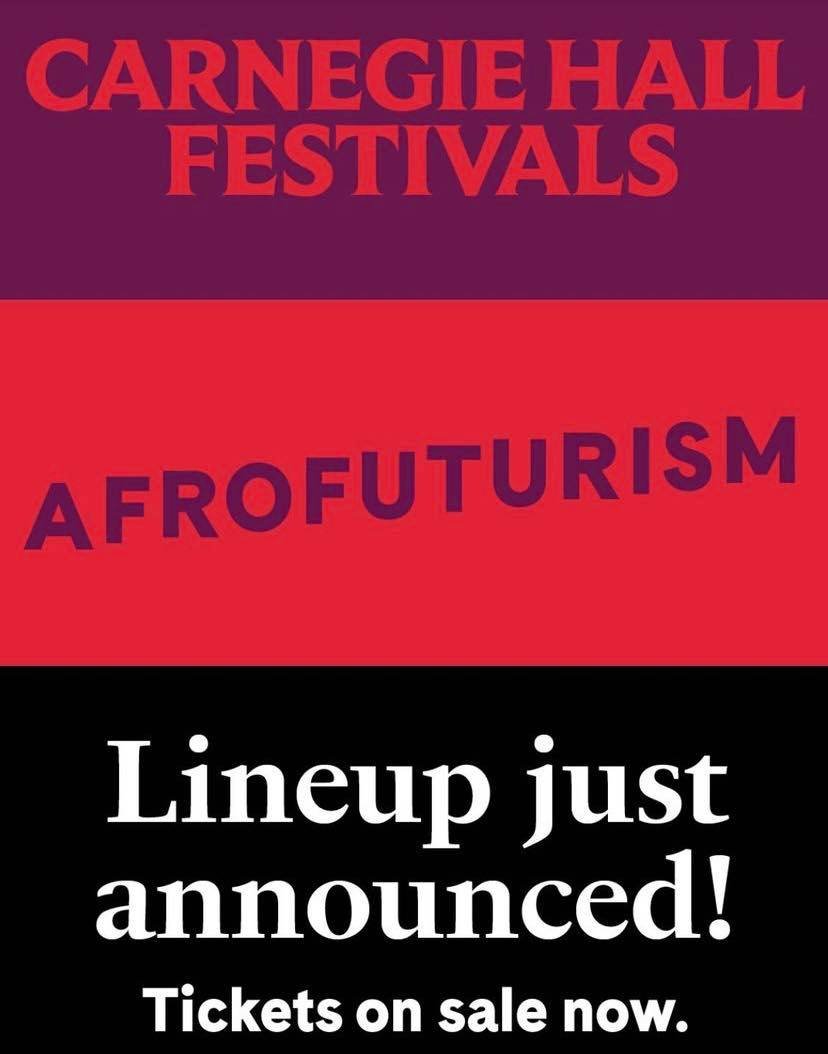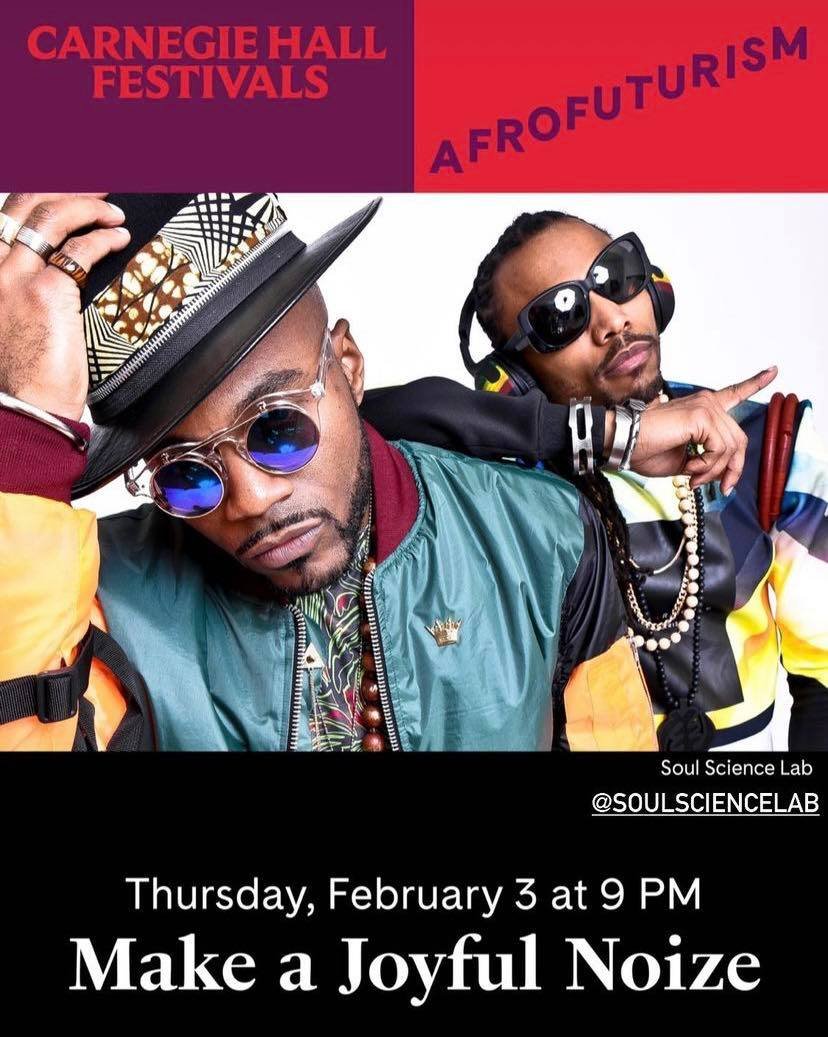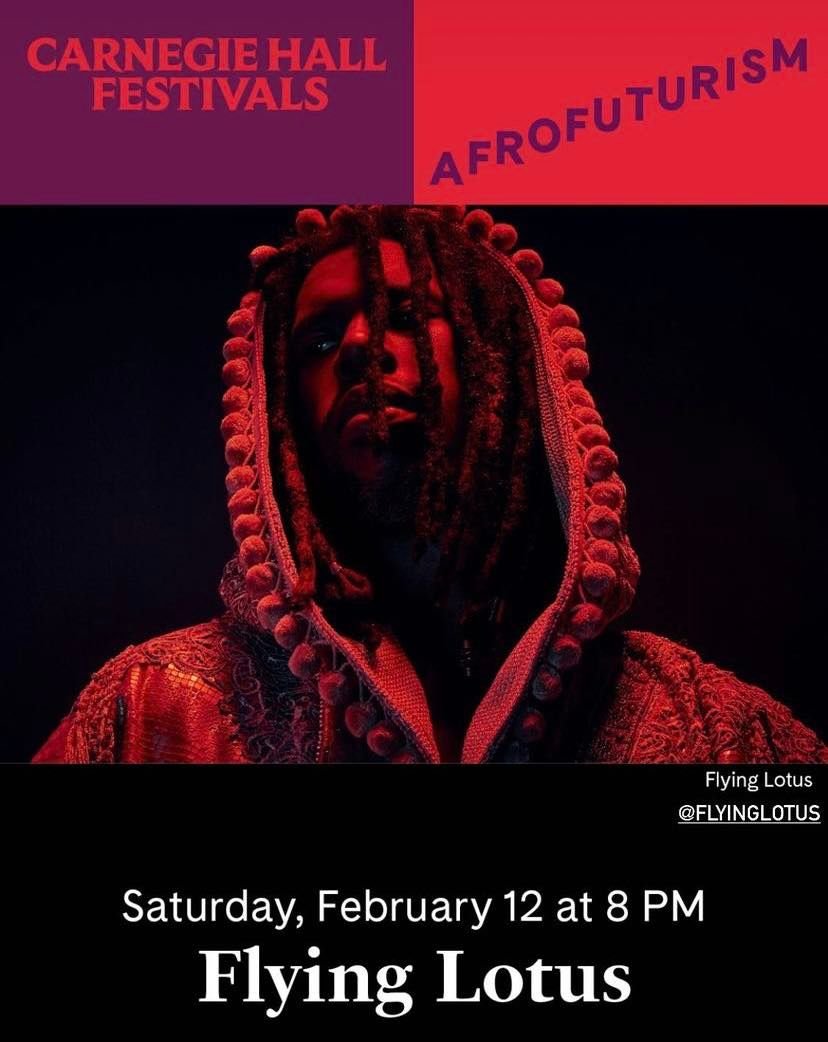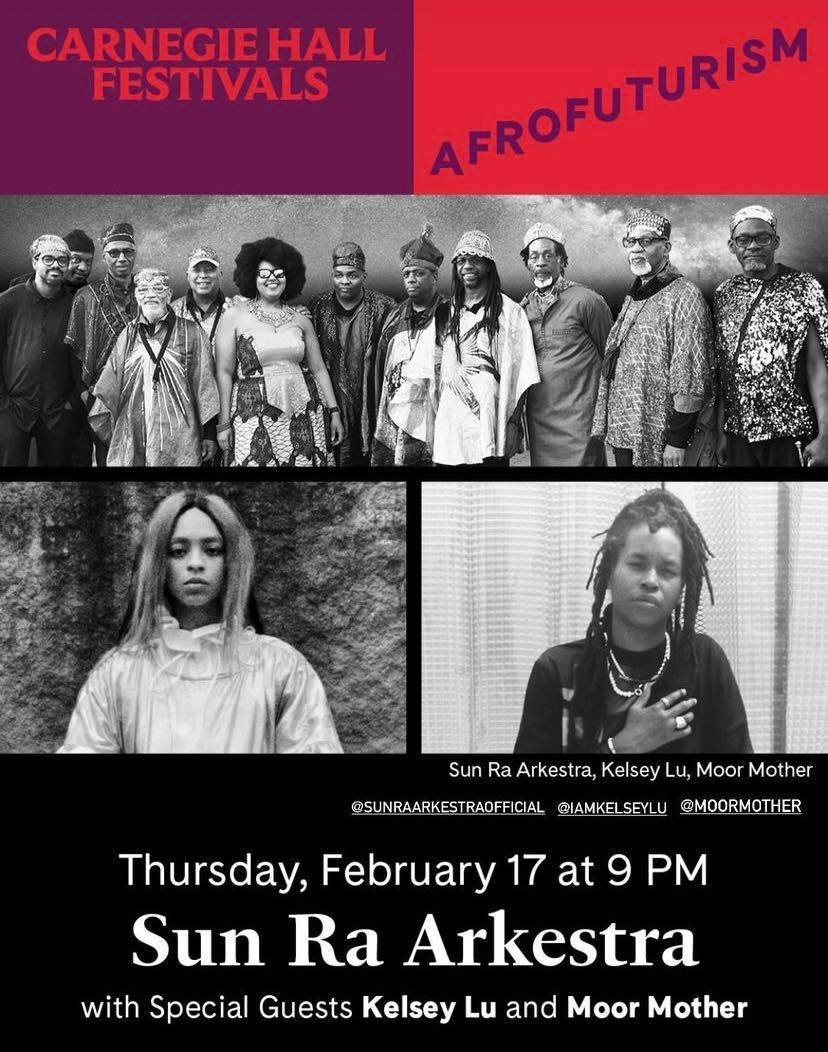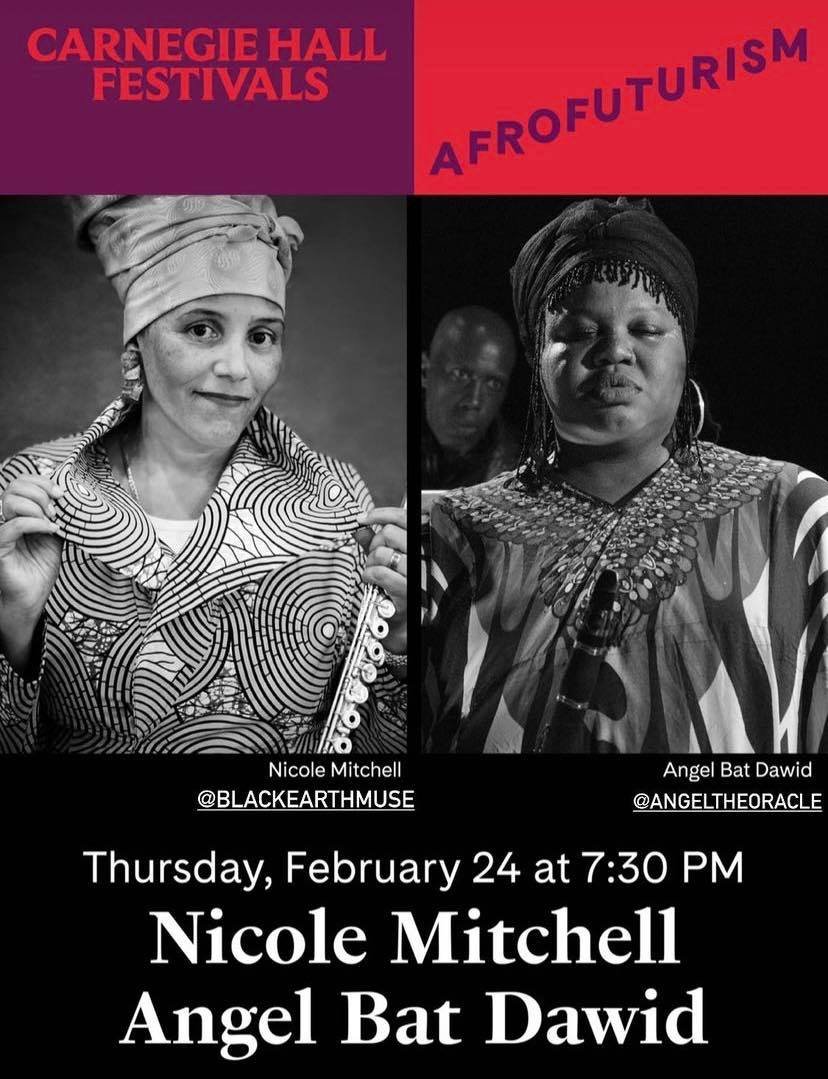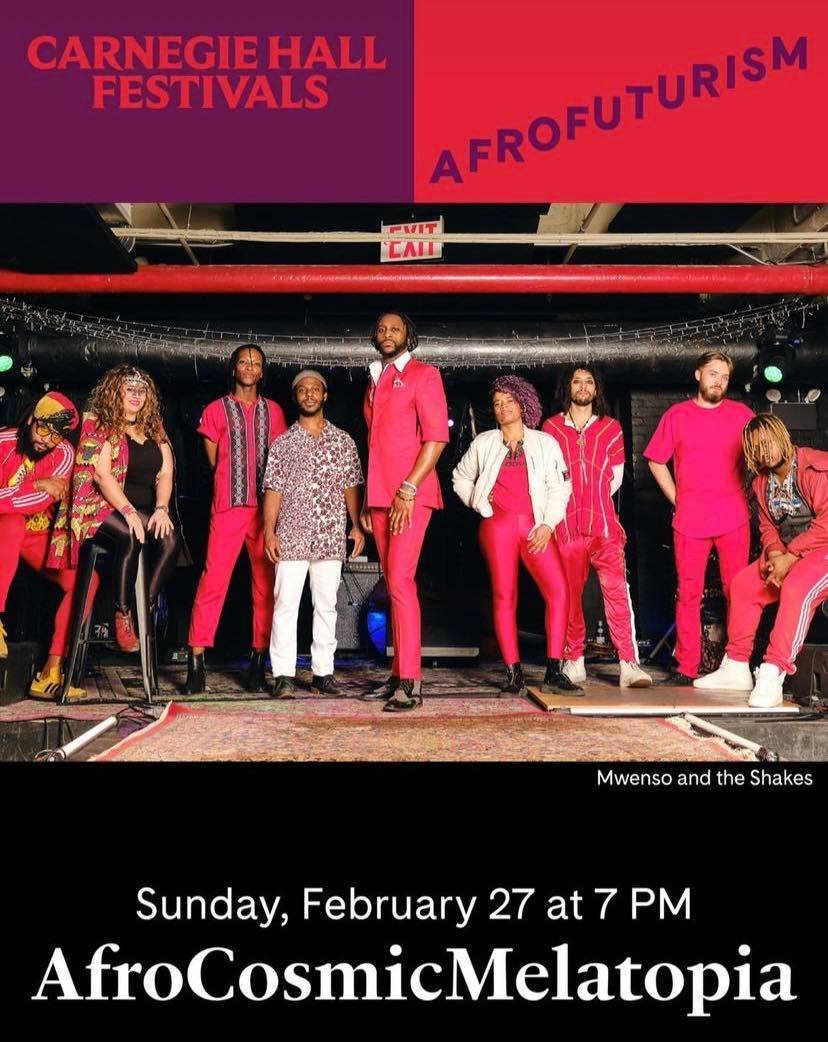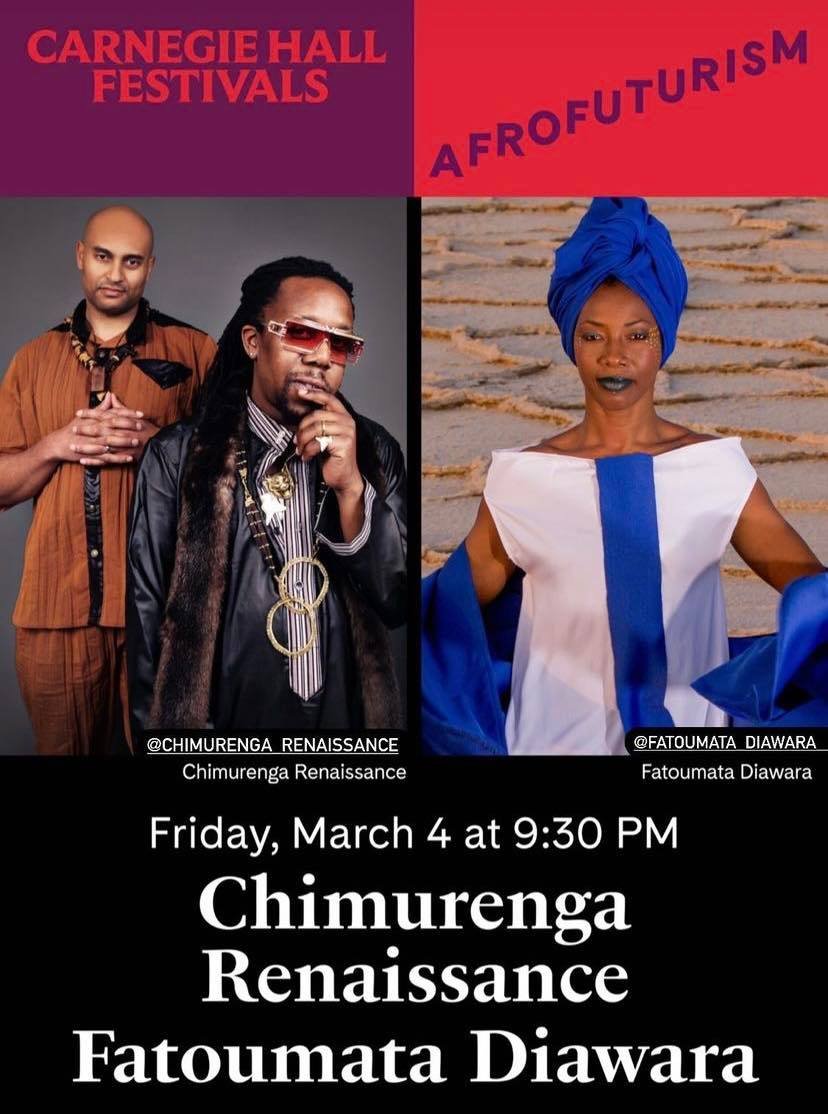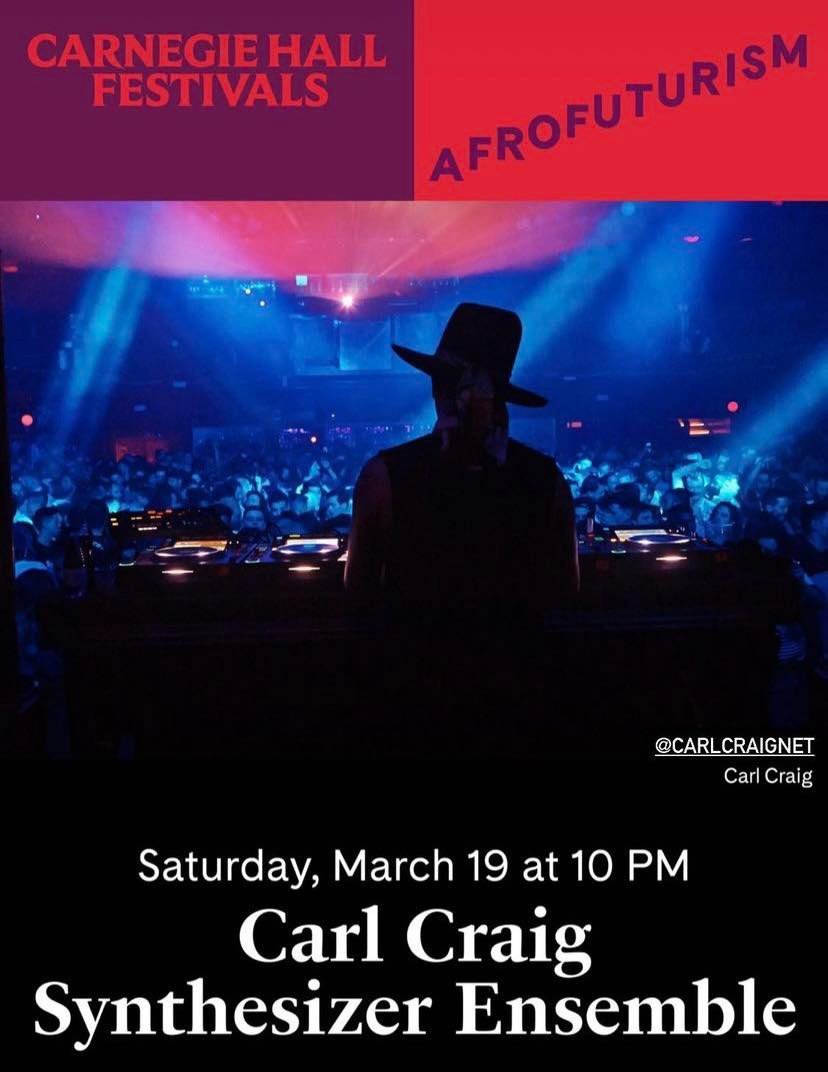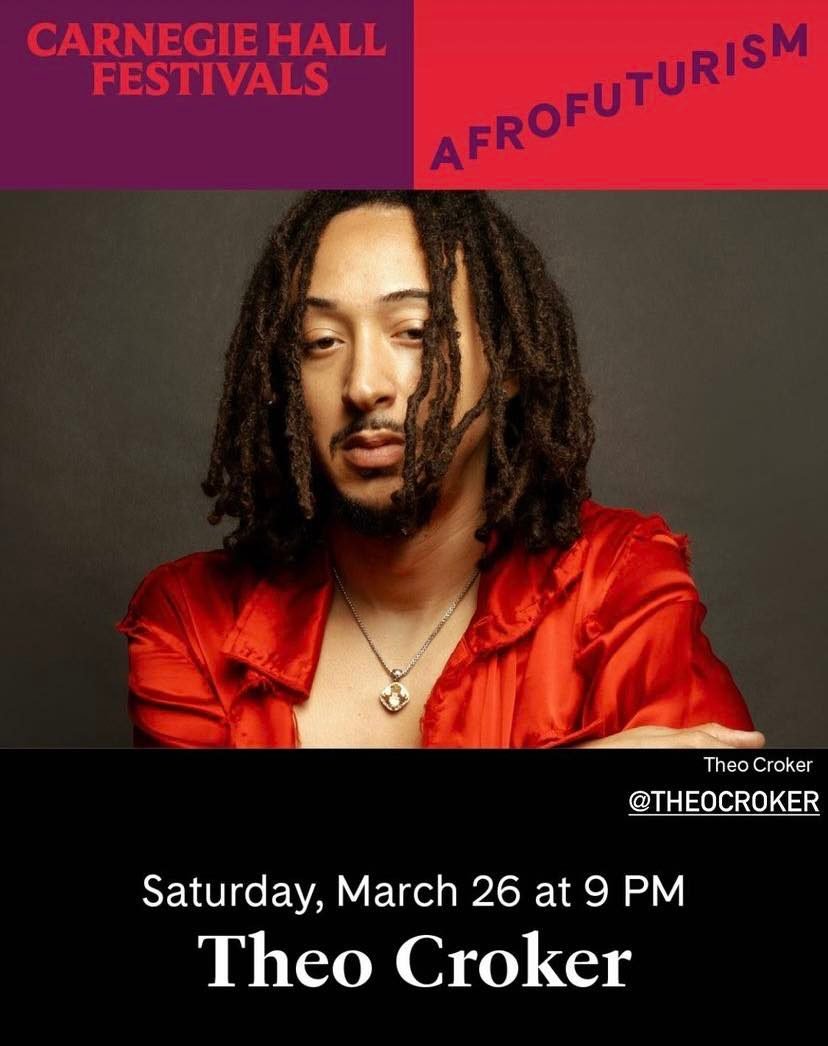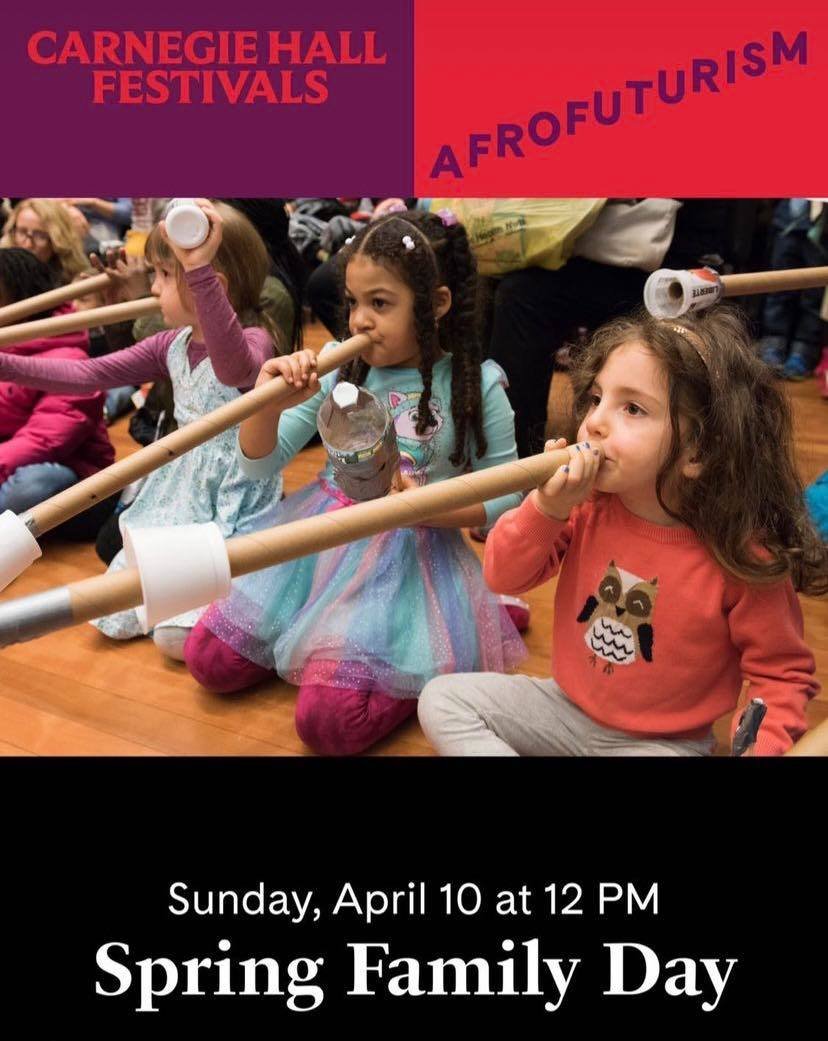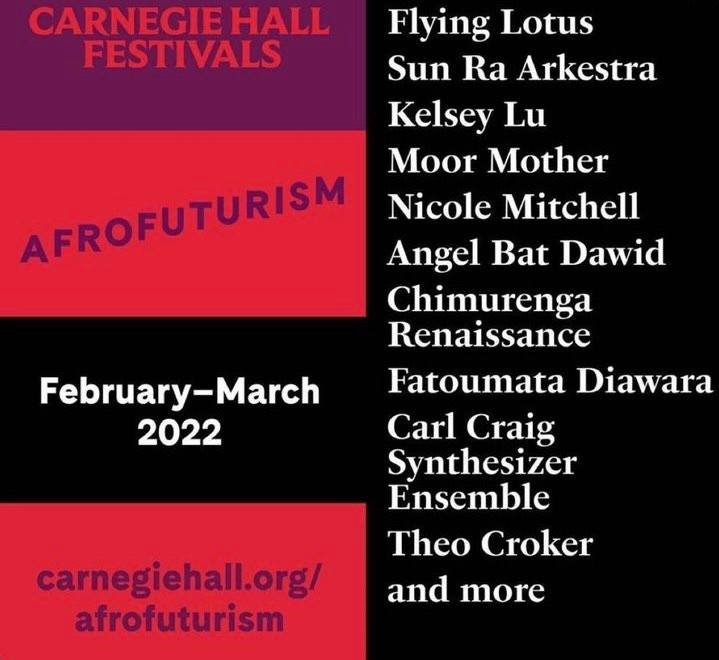BSAM VIRTUAL ART EXHIBITIONS
REVIEWS AND COMMENTARY ON THE EXHIBITIONS
““Curating the End of the World”: Afrofuturist Online Exhibit Rises in Times of Pandemic”
Depending on where you are in the world, your access to museums and galleries is severely impacted by corona regulations. Either your local museums/galleries are completely closed, you have to register in advance for a limited number of tickets, or your independent gallery is too small to actually open. Just as many film festivals, comic-cons, and larger industry gatherings, curators and galleries in the art world are also adapting to a world in which they may not be able to function as normal for an unforeseeable amount of time. Powered by Google Cultural Institute, a new Black arts exhibition emerges as a sign of the times – “Curating The End Of The World.”
In light of the postponement of New York Live Arts’(Live Arts) annual Live Ideas humanities festival of arts and ideas, originally scheduled to take place in May, the Live Arts launched the online exhibition co-presented with Black Speculative Arts Movement (BSAM) and curated by Reynaldo Anderson (co-curator of Live Ideas festival), Tiffany E. Barber, and Stacey Robinson. “Curating The End Of The World” is an Afrofuturist commentary on the end of the current age and “Cyclical Chaos,” interrogating the racist pathology and corruption that influences policy around the world. This multi-part exhibition looks at the global existential risks tied to ecology, climate change, anti-blackness, medical apartheid, and responses to the dystopian present.
“Black futures in the age of apocalypse”
Curating the End of the World is a series of exhibitions bringing together artists whose work responds to the Covid-19 pandemic, anti-Black violence, climate change, poor governance, trans-humanism, and an accelerating, technologically driven economic system on the verge of collapse.
Conceived by Reynaldo Anderson and Stacey Robinson of the Black Speculative Arts Movement (in conversation with Bill T. Jones and Janet Wong of New York Live Arts) and guest curated by Tiffany E Barber, the project combines technology, fantasy and critical thought to engage layers of possible futures. The exhibition is accessible through the Google Arts and Culture platform and precedes two more exhibitions, Red Spring and Dark Winter, which will follow within the year.
“Curating the End of the World: Afrofuturism and Black Speculative Art in Times of COVID-19”
Curating the End for a New Beginning
The exhibition of these works in the online Afrofuturist commentary Curating the End of the World, on view June 2020, is eerily timely as COVID-19 reveals the hidden contours of a highly unstable social-economic system. A system that is confronted with global existential threats tied to climate change, anti-Blackness, poor governance, ecological exhaustion, broad-scale human rights violation and a global health crisis.[2] In light of these events, art can and needs to offer critical contemplation and re-figuration, as according to art critic and philosopher Boris Groys, “in our contemporary world, only art indicates the possibility of revolution as a radical change beyond the horizon of our present desires and expectations”.[3] Curating the End of the World explores this potential to the fullest from an Afrofuturist and Black Speculative angle.
Afrofuturism and Black Speculative Art – “a creative, aesthetic practice that integrates African diasporic or African metaphysics with science or technology” that “seeks to interpret, engage, design, or alter reality for the re-imagination of the past, the contested present, and as a catalyst for the future” – are especially powerful de-colonial tools to envision a new radically changed future through and beyond the historical and present moment. [4] Afrofuturist and Black Speculative art practices enable an interrogation of future building by what British-Ghanaian filmmaker, theorist and artist Kodwo Eshun has termed the “futures industry”[vi], consisting of big science, big business and global media, that is dominated by master narratives of White modernism.
The Carnegie Hall Afrofuturism Festival
“ASTROSANKOFA” BY QUENTIN VERCETTY
Take a journey to the world of Afrofuturism—an ever-expansive aesthetic and practice—where music, visual arts, science fiction, and technology intersect to imagine alternate realities and a liberated future viewed through the lens of Black cultures. Immerse yourself in Afrofuturism, Carnegie Hall’s 2022 citywide festival.

